
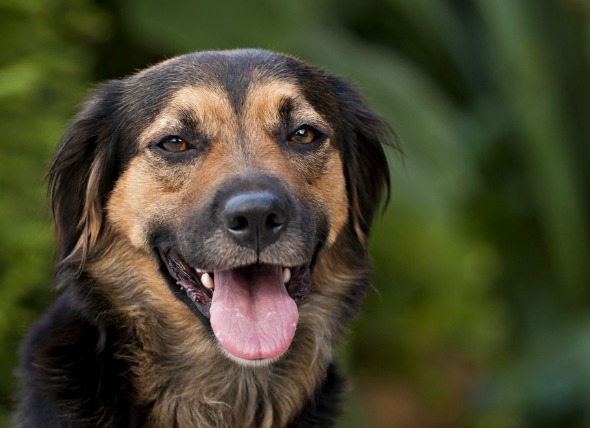
Undifferentiated oral tumors in dogs are usually found on the roof of the mouth or around the upper teeth. They grow very quickly, involving the bone and tissue near them, and they metastasize quickly and easily to other areas of the body. They are some of the most difficult types of cancer to treat. These tumors are usually seen in large dog breeds between the ages of six months and twenty-two months old. It is uncommon for young dogs to get tumors, but on rare occasions it does happen. One type of tumor that is found in dogs is an undifferentiated malignant oral tumor, where an undifferentiated tumor is one that cannot be determined by a simple biopsic analysis.
There are no known causes for cancer of the mouth.
You will need to provide a thorough history of your dog's health leading up to the onset of symptoms. A complete blood profile will be conducted, including a chemical blood profile, a complete blood count, and a urinalysis. During the examination, the doctor will make a close examination of the inside of your dog's mouth to see if there is a growth, and will palpate (examine by touch) your dog's neck and face to check for enlarged lymph nodes. The veterinarian may also want to take a fluid sample from the lymph nodes to determine whether there are cancerous cells there. X-ray images of your dog's chest may show whether any growth in the mouth has spread to the chest, and x-rays of your dog's head will also be taken to determine how far the mass has spread into the tissue and bone of the mouth and head. A simple biopsy of the neoplastic tissue will be taken to determine exactly what kind of tumor is present.
These types of tumors can be very difficult to treat. Surgery is not helpful in many cases because the tumor has usually spread to other areas by the time it is diagnosed, but if the tumor is found before it has had the chance to spread significantly, surgery may be recommended as the best treatment of choice. Once the tumor is removed, a large amount of bone and tissue surrounding the tumor must also be removed to be sure that the majority of cancerous cells have been removed. Sometimes this means that part of the jaw must also be removed. Most dogs do well with part of the jaw removed.
These types of tumors in the mouth do not respond well to radiation therapy or chemotherapy, though some types of chemotherapy can be injected into the tumor. This may keep the tumor from growing as rapidly, and make your dog more comfortable.
If your dog has surgery to remove the tumor, its mouth will be sore for a while after, and if part of the jaw has been removed, there will be some difficulty with chewing afterward until your dog has learned to compensate for the loss of teeth and bone. Your veterinarian will recommend that you feed your dog soft food in the interim, and even sit with your dog, feeding it small amounts slowly by hand until it is able to do so again on its own. Your veterinarian may recommend a special food for animals that have cancer.
Chemotherapy injected into the tumor can also cause the mouth to be sore and possibly bleeding, and will also require soft food until the condition has been resolved. Your veterinarian may recommend a special diet that is made especially for dogs that have cancer and are undergoing treatment. Chemotherapy often does not have a curative effect, but it may slow the growth of the tumor and help to make your dog more comfortable.
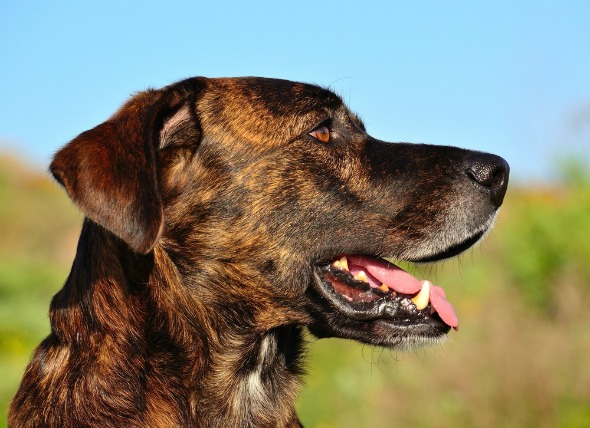 Acute Respiratory Distress Syndrome (ARDS) in Dogs
Shock Lung in Dogs
Acute Respiratory Distress Syn
Acute Respiratory Distress Syndrome (ARDS) in Dogs
Shock Lung in Dogs
Acute Respiratory Distress Syn
 Adverse Reaction in Dogs to Glow Stick Jewelry
Dibutyl Phthalate Ingestion in Dogs
Glow sticks a
Adverse Reaction in Dogs to Glow Stick Jewelry
Dibutyl Phthalate Ingestion in Dogs
Glow sticks a
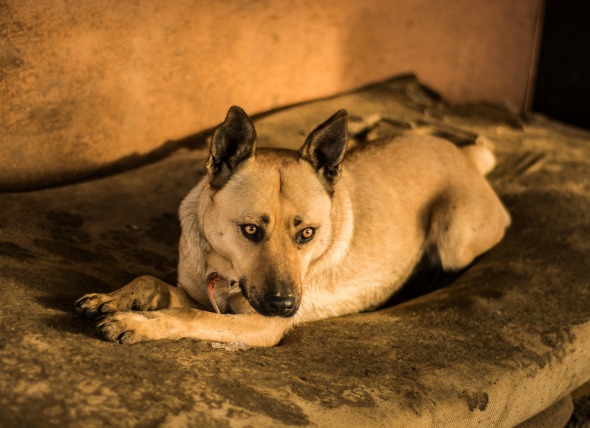 Lack of Bladder Control in Dogs
Urinary Incontinence in Dogs
Dogs are sometimes u
Lack of Bladder Control in Dogs
Urinary Incontinence in Dogs
Dogs are sometimes u
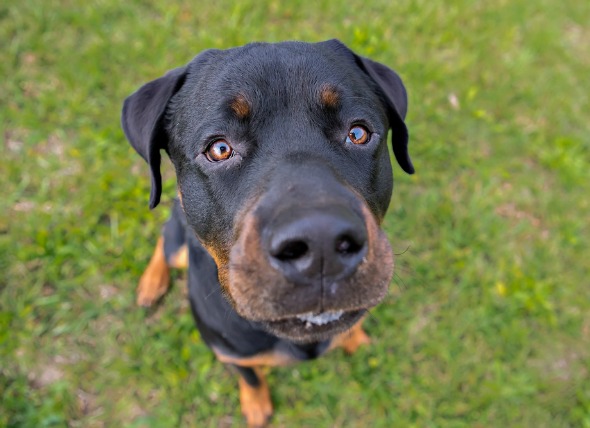 High Cholesterol in Dogs
Hyperlipidemia in Dogs
Hyperlipidemia is characte
High Cholesterol in Dogs
Hyperlipidemia in Dogs
Hyperlipidemia is characte
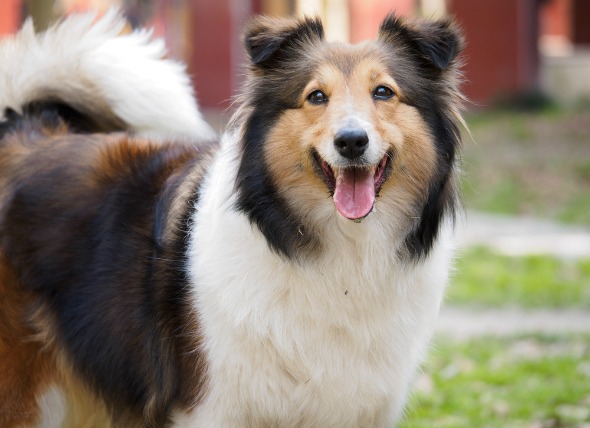 Hemorrhage of the Lung in Dogs
Pulmonary Contusions in Dogs
Pulmonary contusion,
Hemorrhage of the Lung in Dogs
Pulmonary Contusions in Dogs
Pulmonary contusion,
Copyright © 2005-2016 Pet Information All Rights Reserved
Contact us: www162date@outlook.com